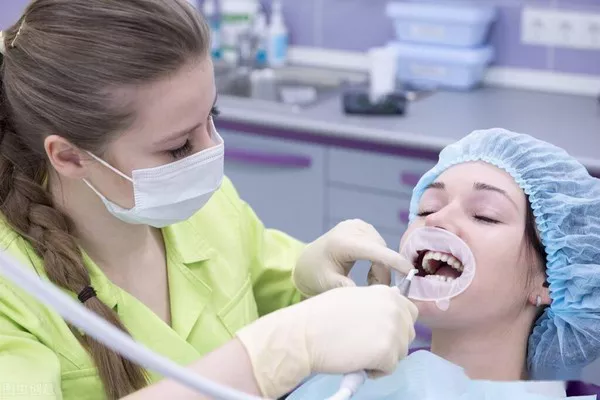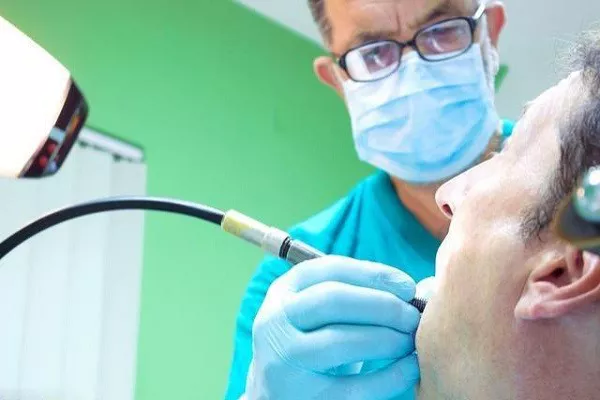The cost of getting a cavity filled can vary depending on several factors.
The type of filling material used is one of the biggest factors that can affect the cost. Amalgam fillings, which are made of a mixture of metals, are typically less expensive than composite fillings, which are made of a tooth-colored resin material. Composite fillings may cost more because they require more time and skill to apply.
The size of the cavity can also affect the cost. Larger cavities may require more filling material, which can increase the cost of the procedure. The location of the cavity can also affect the cost, with cavities in the back teeth generally being more expensive than those in the front teeth.
In addition to these factors, the cost of getting a cavity filled can vary depending on the dental provider and location. The cost may be higher in urban areas or areas with a high cost of living.
If you have dental insurance, your plan may cover some or all of the cost of a filling. The amount of coverage will depend on your plan and the terms of your policy. Many dental insurance plans cover a portion of the cost of fillings, typically around 80 percent.
If you do not have dental insurance, the cost of getting a cavity filled can range from a few hundred dollars to over a thousand dollars depending on the factors mentioned above. However, it is important to get cavities filled as soon as possible to prevent further decay and more expensive dental procedures in the future.
In conclusion, the cost of getting a cavity filled can vary depending on several factors, including the type of filling material used, the size and location of the cavity, and the dental provider and location. Dental insurance may cover a portion of the cost, but patients without insurance should expect to pay a few hundred to over a thousand dollars for the procedure. If you have a cavity, it is important to get it filled as soon as possible to prevent further decay and more expensive dental procedures.
































